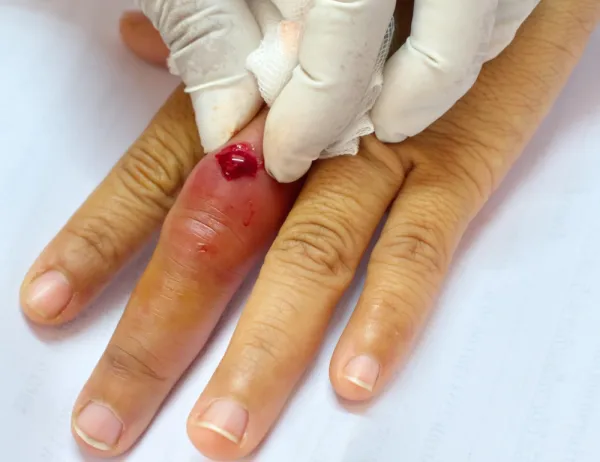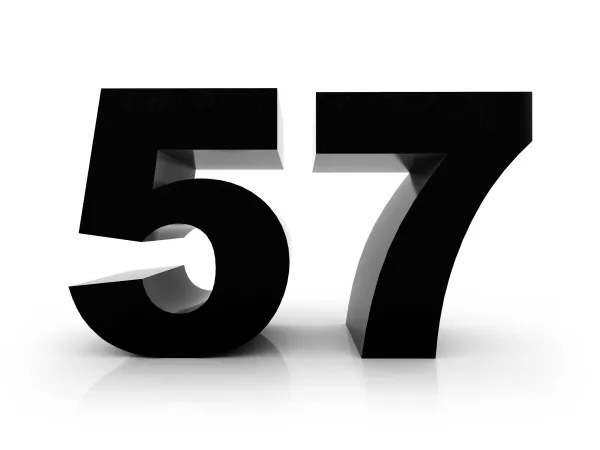Get Proficient With Salivary Abscess Drainage Reporting With These Helpful Tips

Failure to properly ID complicated parotid drainage could leave you short $230.
When your surgeon drains a salivary gland abscess, you will have to focus on location, approach and level of complexity to decide on the apt code that you will report for the procedure. You will also have to look at CCI edits if you are planning on reporting two drainage codes together.
Choose From Four Abscess Drainage Codes Depending on Location
When your oral surgeon performs drainage of an abscess associated with a salivary gland, you will have to report it from one of four CPT® codes that are available. Opting from these four codes are primarily dependent on which of the salivary glands the abscess was associated with. “Preliminarily, anatomy is used to determine which gland is chosen. Then the abscess code is applied,” says Barry Shipman, DMD, clinical professor, University of Florida School of Dentistry, Hialeah Dental Center. “Diagnostic codes are also very important.” Based on the location, you have these four options to report salivary gland abscess drainage:
As you can see, you have two codes for reporting drainage of a parotid abscess, namely, 42300 and 42305. You again have two different CPT® codes for drainage of a submaxillary salivary gland abscess, which are 42310 and 42320. However, you have only one code to opt if your clinician drains an abscess associated with the sublingual salivary gland.
Discern Between 42300 and 42305 For Parotid Abscess Drainage
You should report the appropriate parotid code based on the difficulty of the drainage that your clinician performed. If the I&D is simple, for instance, and the surgeon performs the procedure at the patients bedside or in the office, you should report 42300. “One of the differentiating factors between simple and complicated is the time involved to do the procedure,” Shipman adds. “You will also need to look at other structures involved and any other surgical treatment included.” But for a more complicated procedure that requires a trip to the operating room, you should instead assign 42305.
You will have to report 42305 when your clinician handles the drainage of a complicated abscess that is present in the deeper areas that is more difficult to access or when there are multiple abscesses. You choose this code over the simple drainage code when your clinician performed drainage of multiple fascial spaces. You can also look towards 42305 when the abscess contains many loculations and your oral surgeon will need to probe the lesion extensively to break these loculations to facilitate proper drainage.
Although the definitions for 42300 and 42305 do not state incision, the codes include the procedure. CPT® lists both codes in the salivary gland and ducts subsection under the heading incision. Thus, despite the codes not stating incision and drainage of abscess, they include both procedures. So, it is not necessary to report another code that depicts an incision prior to the drainage of the abscess.
Coding tip: Since these abscess drainage codes don’t include the term “incision,” you can also use these set of codes when your clinician performs a needle aspiration of the abscess.
Reimbursement tip: Watch documentation closely for chances to report 42305 instead of 42300. The 2015 relative value units (RVUs) for 42300 are 6.06, while 42305 carries 12.50 RVUs. This translates to a Medicare reimbursement of $216.67 for 42300 and $446.93 for 42305. As the difference in reimbursement is approximately $230 between the two codes for drainage of a parotid abscess, you risk a lot of deserved reimbursement if you make errors in distinguishing simple and complicated in your claims. If you are not able to assess whether or not the drainage was simple or complicated, it is better to query your surgeon to zero in on the procedure to report.
Watch Approach For Submaxillary Salivary Abscess Drainage
When reporting drainage of an abscess of the submaxillary salivary gland, you will need to check documentation to see what approach your clinician used for the procedure. Your choice of the code depends on whether your clinician used an intraoral approach or an extraoral route to perform the incision and drainage.
You will have to choose 42310 when your clinician’s approach to the abscess is through an intraoral route. Alternatively, you choose 42320 for an extraoral drainage of a submaxillary salivary gland abscess. Since the sublingual salivary gland is best approached intraorally, you have to choose 42310 when your clinician drains an abscess associated with this salivary gland.
Observe CCI Edits When Reporting Two Abscess Drainage Procedures
Although not very usual, it is possible that you might find situations where your clinician might have to drain abscess from two salivary glands. In such a scenario, you will have to know about some of the Correct Coding Initiative (CCI) edits you might face if you are trying to report two abscess drainage codes together.
You will face edits if you are trying to report both the parotid abscess drainage codes together. You could possibly have such a situation when your surgeon is performing drainage from both the parotid glands with one being a simple drainage and the other, complicated. You will face CCI edits if you are trying to report same session 42300 and 42305. However, the modifier indicator to these edits is ‘1’ which means you can break the edit bundle by using a modifier. The modifier that you will use is 59 (Distinct procedural service) or XS (Separate structure). You will need to append the modifier to 42300 as this is the code in column 2 of the edits.
Again, you will have bundling edits if you are reporting 42310 and 42320 on the same calendar date of service. A scenario where you might need to report both these codes together might involve drainage of abscesses associated with the submaxillary and sublingual salivary glands. As with the previous set of edits, the modifier indicator to these edits is also ‘1.’ Here you will need to append the modifier 59 or XS to 42310 as this is the column 2 code in the edit pair with 42320.




